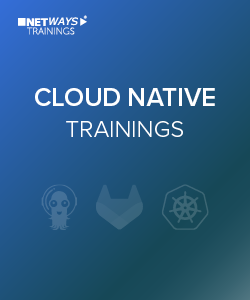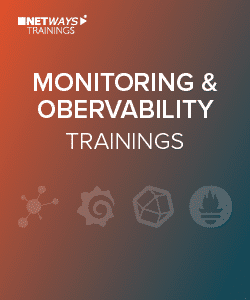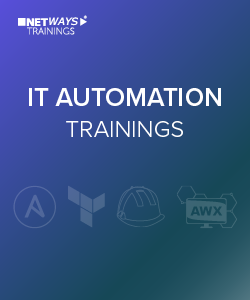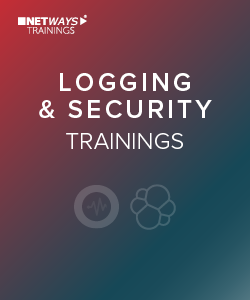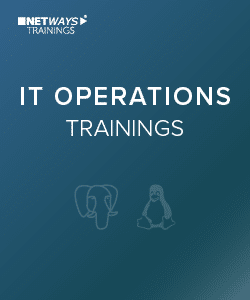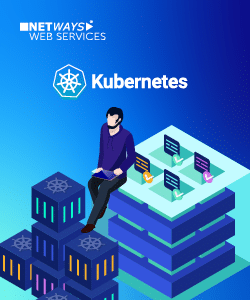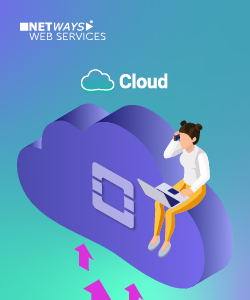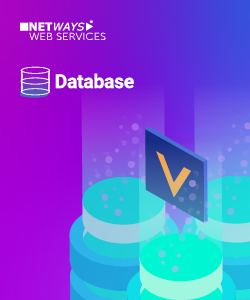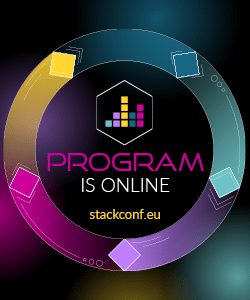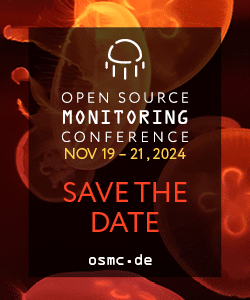
Bernd began by introducing the openSUSE Conference on 11 – 14 September at the Zentrifuge in Nuremberg. Under the theme rwx³ or Read, Write, Execute, the event boasts a varied program and a chance to meet members of the open source community from around the world. We too will contribute to a speech on “Scale Out Data Center Architecture” and are proud to support the openSUSE Conference as a gold sponsor, building on our cooperation with SUSE for the OSMC in November.
Marcus then shared a simple and fast method of creating and distributing file system images with Clonezilla. A combination of Drbl (WinRoll), ntfsclone, Part Clone, Partimage and dd under one configuration interface, Clonezilla can work with almost all file systems. With a Live CD, an existing system can be saved onto a local hard disk or network share like Samba, NFS and SSH. A restoration of the images on individual machines can also be done via the LiveCD, but for multiple machines the Clonezilla Server Edition is required. Marcus recommends the documentation on the project website, and a look at their Live System.
Thomas followed with his most recent solution for high availability and reliable locking in KVM clusters. With Libvirt’s Sanlock coupled with a dual-primary DRBD, he had a functional locking mechanism for the VM images on a GFS2. In addition, in combination with cLVM and a GFS2 based Sanlock he could send single logical volumes sitting on DRBD as virtual disks to the individual VMs. The end result was almost twice the throughput for sequential writes with an 80% latency reduction.
From the development team, Eric offered a couple different ways to filter lists in Python. Using “list comprehension” and the built-in “filter” function to generate “shallow copies”, he also gave a simple single line of code for those familiar with Python generators and iterators.
Lastly, Markus spread the word on a good cause – “Kindern eine Chance” an initiative to give orphans in Uganda a chance at a good future. Set up in 2008 by a handful of Austrians from Tirol, the private initiative has already helped 400 children around Zigoti, Uganda to regularly attend school. Proceeds go toward providing food, clean water, shelter and education for the orphans. Join us in sponsoring a child too- more information available at www.kinderneinechance.at or per email: kontakt@kinderneinechance.at.
NETWAYS Blog
Einfaches und schnelles Erstellen und Verteilen von Dateisystemimages
In Vorbereitung auf unsere anstehenden Schulungstermine für Puppet und SLA, stelle ich heute die Software Clonezilla vor, mit der einfach und performant Images erstellt und über das Netzwerk verteilt und eingespielt werden können.
Clonezilla bedient sich dabei mehrerer Projekte und fasst diese unter einem Dach mit einer Konfigurationsoberfläche zusammen:
Somit bietet Clonezilla den Vorteil mit nahezu jedem gebräuchlichen Dateisystem zusammenarbeiten zu können, was bei der Einzellösung Partimage, beispielsweise nicht der fall ist, da NTFS nur experimentell unterstützt wird.
Ebenfalls hat das Team um Clonezilla eine LiveCD bereitgestellt, mit der ohne Installation ein bestehendes System auf lokale Datenträger oder Netzwerkfreigaben wie Samba, NFS oder SSH gesichert werden können. Die Menüführung ist dabei selbsterklärend.
Um die Images auf einzelnen Maschinen zurückzusichern, bietet sich ebenfalls die LiveCD von Clonezille an. Sollte jedoch die Anforderung bestehen über Multicast mehrere Geräte zurückzusichern, so muss man zu der CloneZilla Server Edition greifen. Die Server Edition kann dann in Verbindung mit DRBL den Clients einen PXE Boot anbieten, worüber dann automatisiert das Image zurückgespielt wird.
Auf der Projektseite von Clonezilla befinden sich zusätzlich auch sehr gute Dokumentationen und Beispiele für den praktischen Einsatz.
Das Team von DRBL hat auf seiner Prokeltseite zusätzlich ein Live System erstellt , welches ebenfalls CloneZilla ServerEdition beinhaltet. Diese LiveCD kann genutzt werden um schnell und ohne großen Konfigurationsaufwand eine laufende CloneZilla Umgebung zu bekommen.
